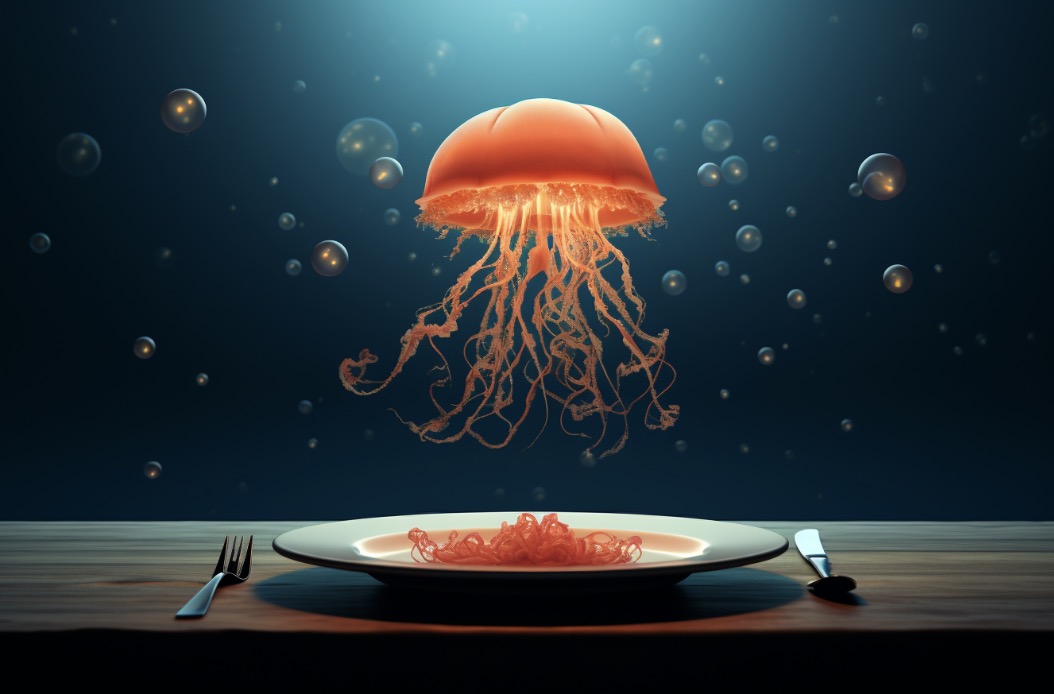Sand dollars are flat and burrowing marine invertebrates that are cousins of sea urchins, starfish (or sea stars), and other radially symmetrical animals in the class Echinodermata.
While you can cook and eat sand dollars, they taste best when fresh and are more likely to be found on beaches rather than on grocery shelves. Those you find on the beach can be collected from mid-tide and brought home to cook for dinner, but you may encounter restrictions and laws when it comes to how many can be collected in one spot or taken at once.
Like their spiky relatives, sand dollars have soft spines that help them move along the seafloor and burrow under sand. However, sand dollar spines are shorter and more compact than those of their spiky relatives.
Taste
Sand dollars are similar to sea urchins, but they lack the flavor. Like oysters, they taste fishy tasting but don’t have the same umami-salty sweetness as eggs or lobster.
They’re part of the phylum Echinoidea, which includes sea stars, sea cucumbers, and sea urchins. They’re flat, burrowing invertebrates with radiating parts and a stiff body wall covered by spines.
These spiny animals use their spines, which are covered in tiny hair-like bristles called cilia, to move food particles throughout the sand and into their mouths on the bottom side of the animal. This is how they prey on crustacean larvae and small copepods.
They also use their tube feet to sift sand for algae, diatoms and bacteria to consume. These tube feet also help sand dollars keep upright in strong bottom currents.
Availability
Sand dollars are found on beaches around the world and are often collected as a souvenir. They can be dark purplish when they are alive and are covered in tiny hair like bristles called cilia that help them move across the sea floor to find food.
When they die, the hair rots away leaving the test or skeleton of the urchin. This is made of calcium carbonate and reflects white after it dries out.
Besides being an easy way to bring a piece of the beach home, sand dollars are a popular souvenir and can add some coastal charm to your home. They are also a symbol of goodwill and peace, according to some non-Christian-based folklore stories.
While it is legal to collect dead sand dollars, many beaches prohibit the collection of live sand dollars. This is for good reason! It is cruel and a violation of marine laws to take a living creature from the ocean.
Precautions
If you’re planning to eat a sand dollar, there are some precautions you should take. Live sand dollars are an important part of the marine ecosystem and help control the population of smaller invertebrates.
They secrete a harmless substance, called echinochrome, which will turn your skin yellow if you hold it on your hand for a while. It’s also a good way to tell if a sand dollar is alive.
A sand dollar is usually gray, brown or purple when it’s alive and will be bleached white when it dies. It will also lose its spines shortly after it dies.
To avoid the risk of consuming dead sand dollars, bury them in your yard or garden to allow worms to consume the tissue. It’s a humane and environmentally-friendly option.
Cooking
Sand dollars are commonly used in sushi, but there are a few other methods for cooking them as well. They can be marinated and roasted with olive oil and lemon juice or tossed in other sauces that accompany seafood, such as roscoso sauce.
A drawn butter dipping sauce that includes melted butter, white wine, onion, garlic, lemon, and dill can also be a good option. It will require a few more ingredients than a simple soy sauce, but it is easy to prepare and can be made in just a few minutes for a quick meal.
Another way to preserve sand dollars is to harden them. This is a fairly fast process that involves mixing bleach and water and using glue to harden the shells. It will result in durable sand dollars that can be used in crafts and decorations.




